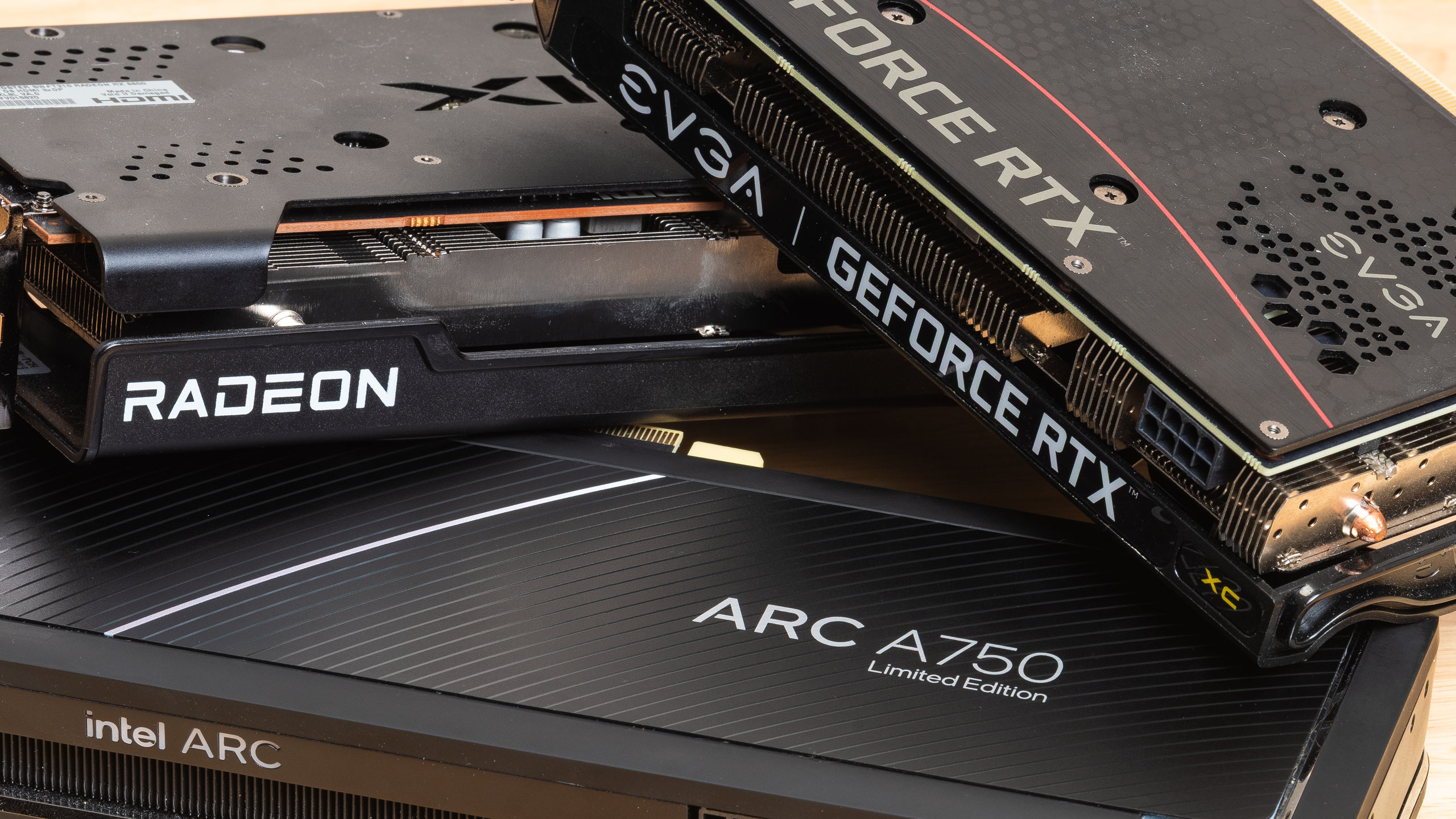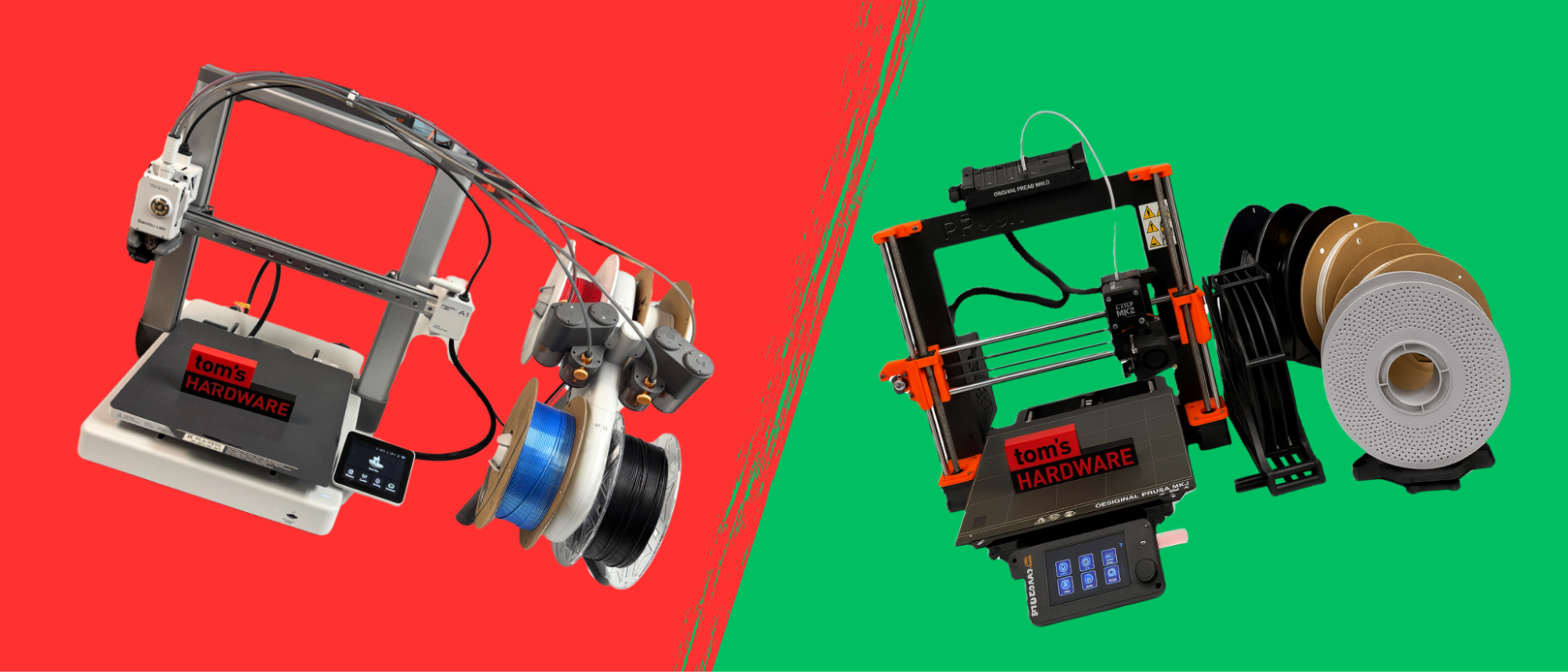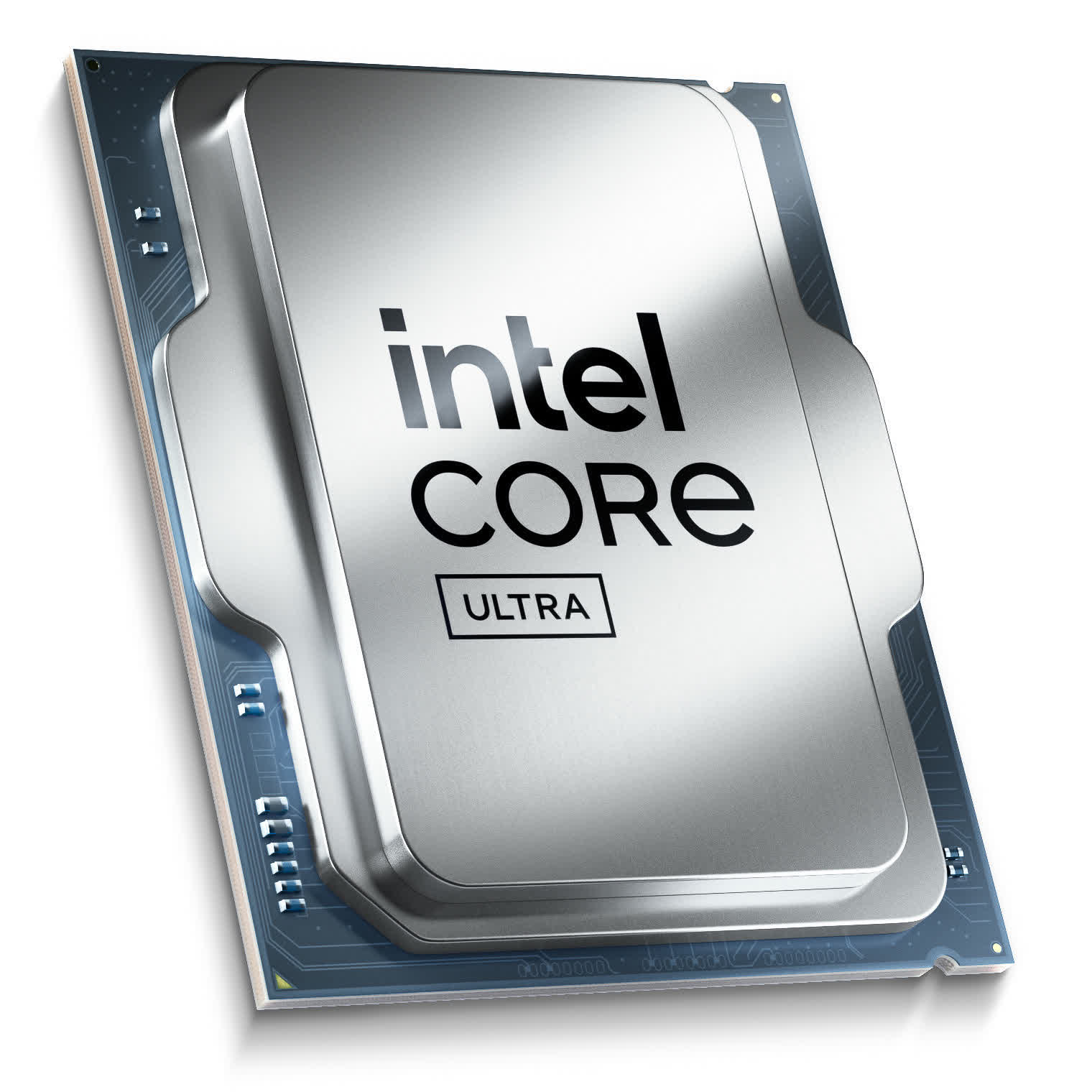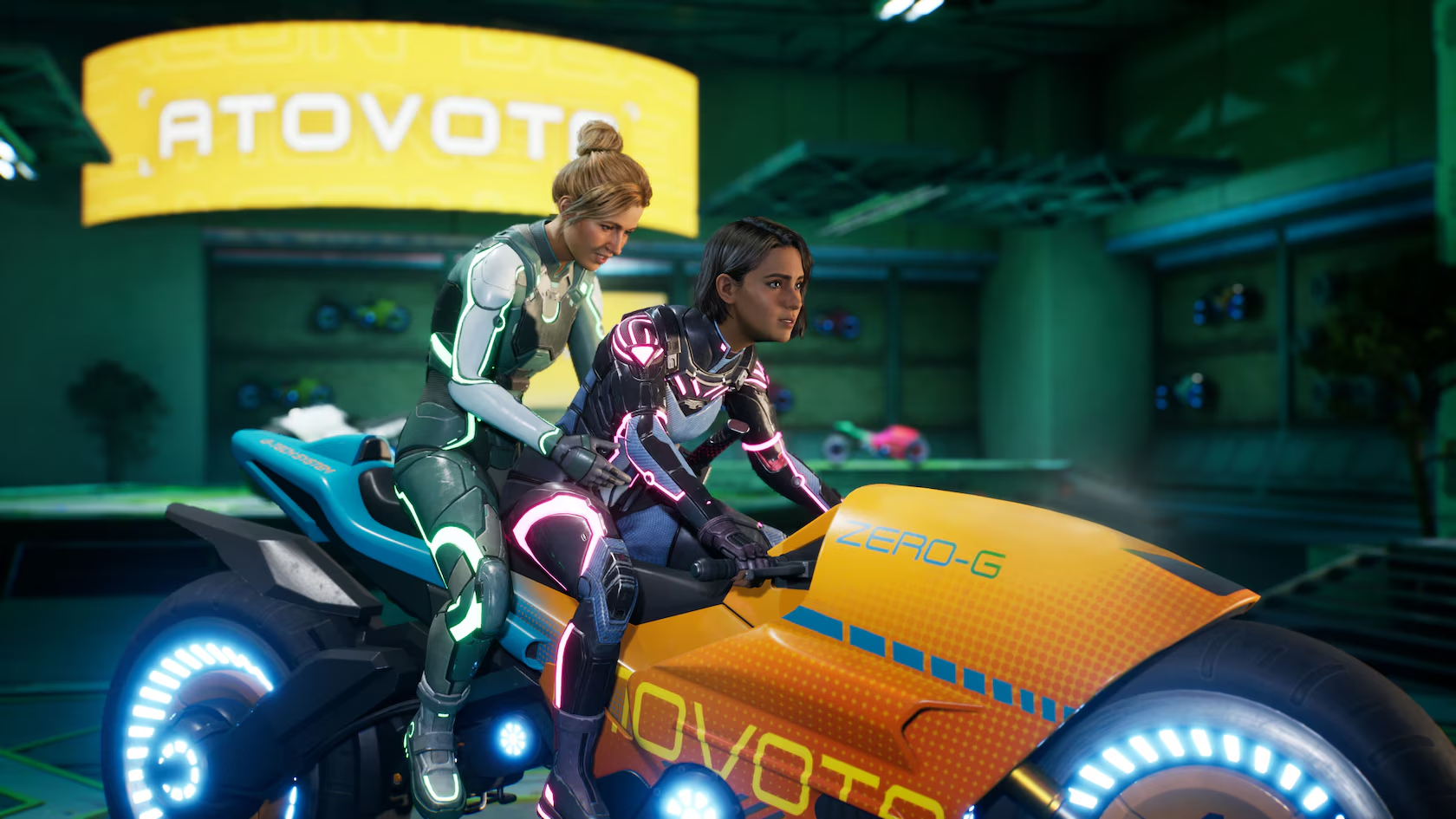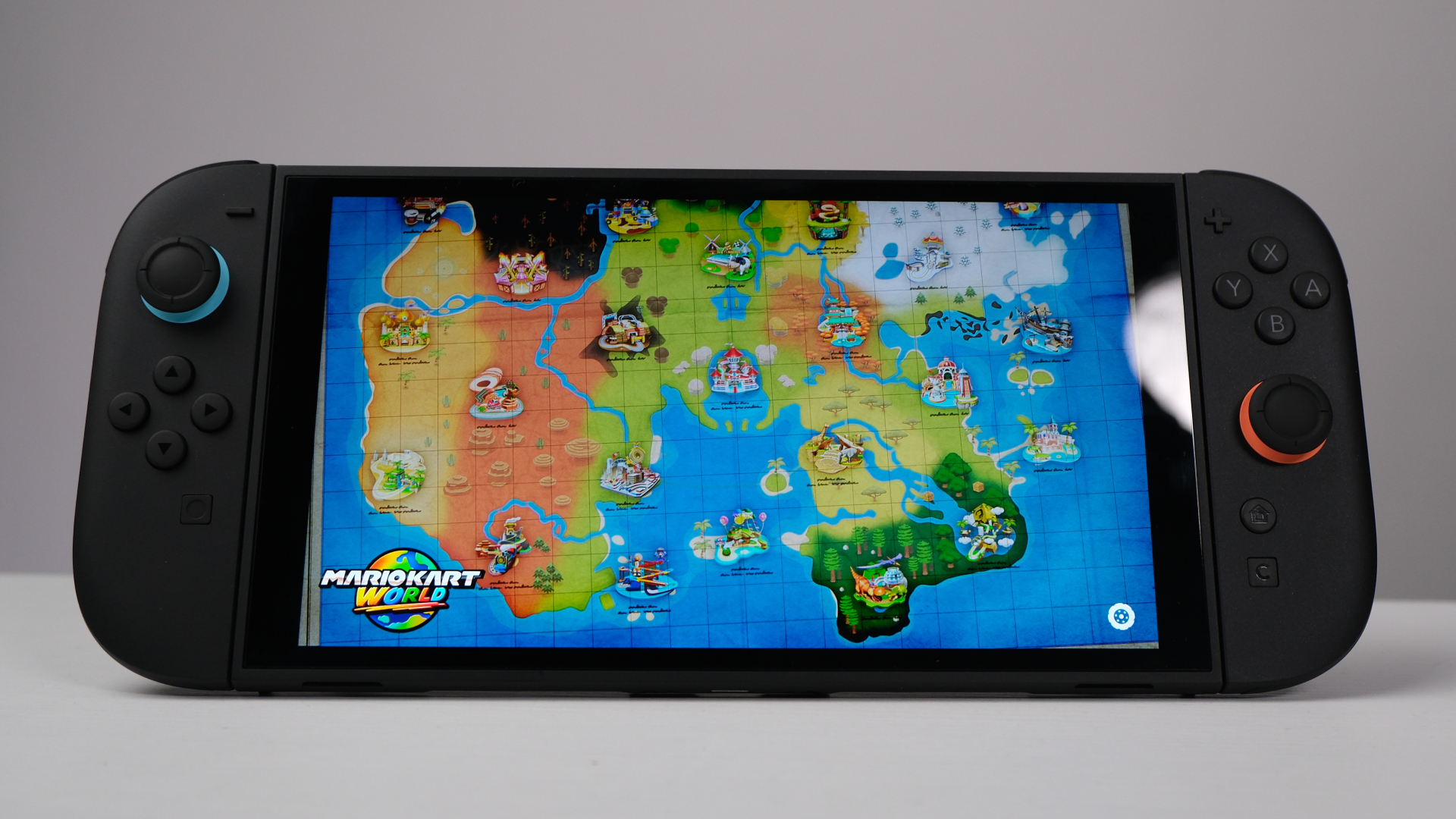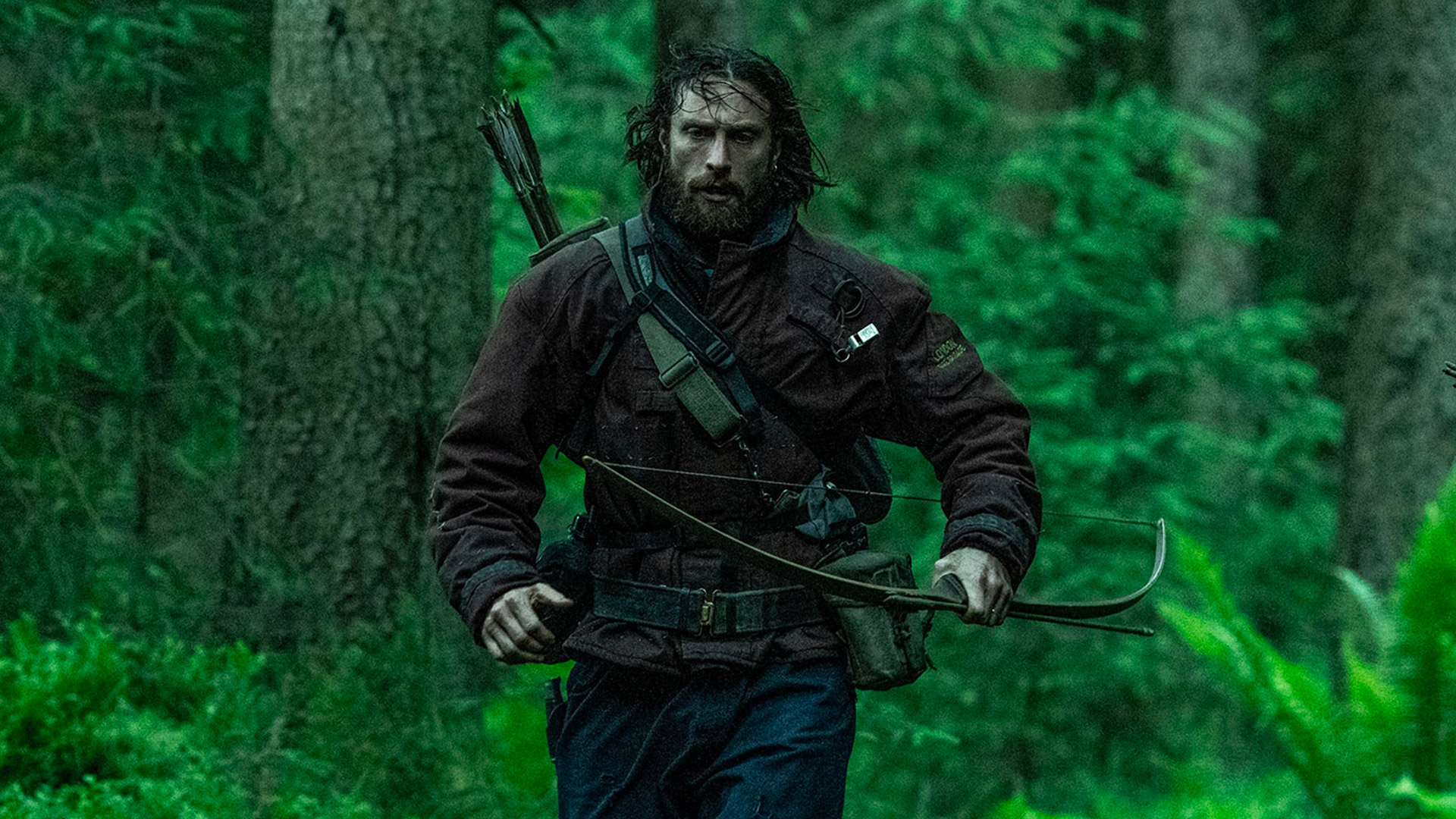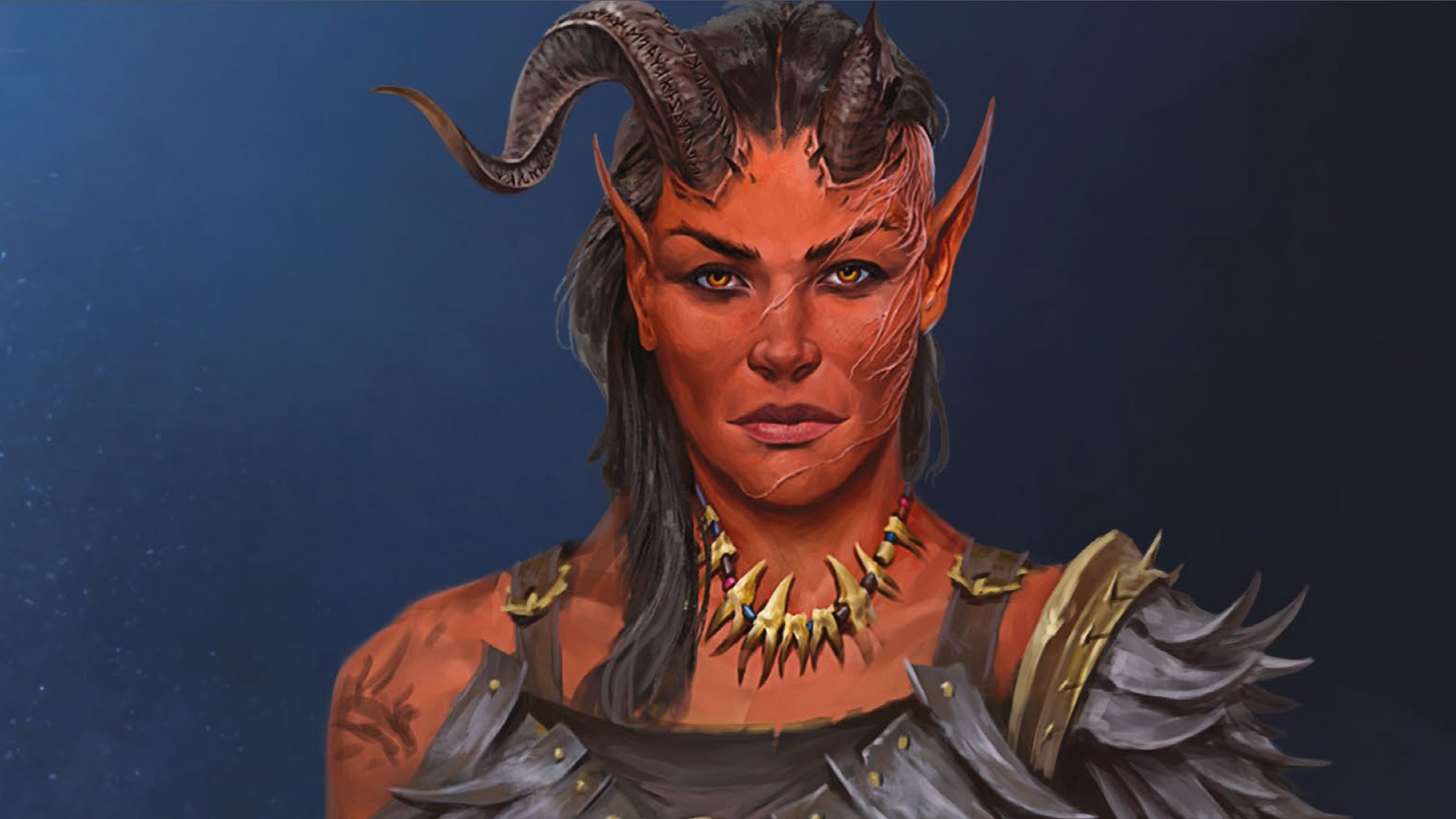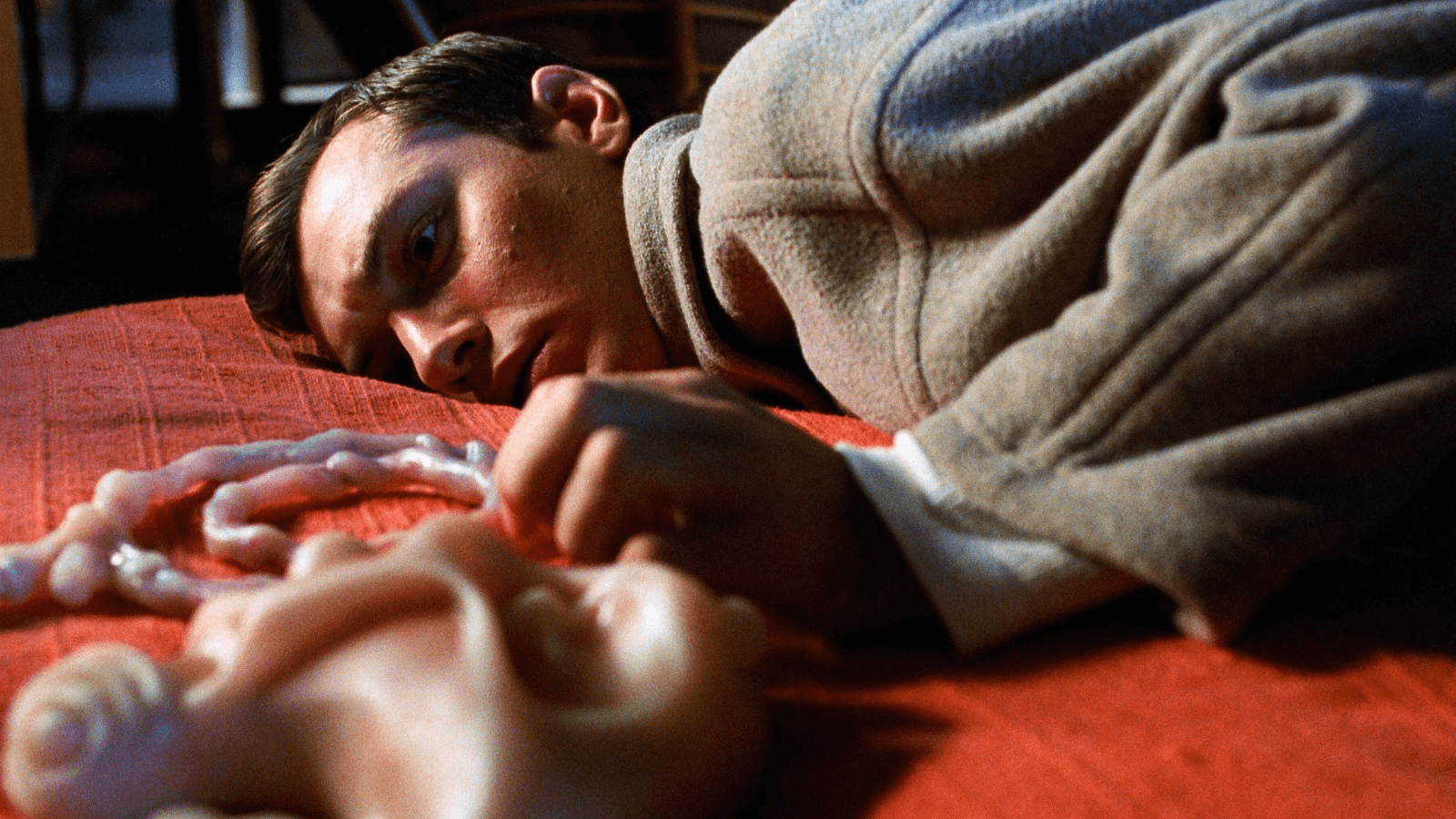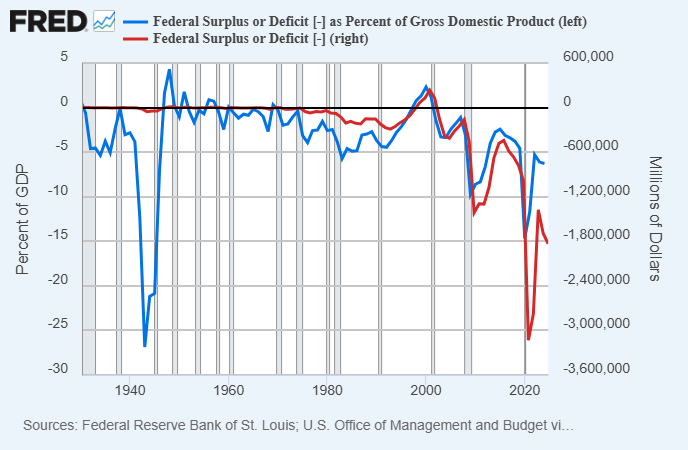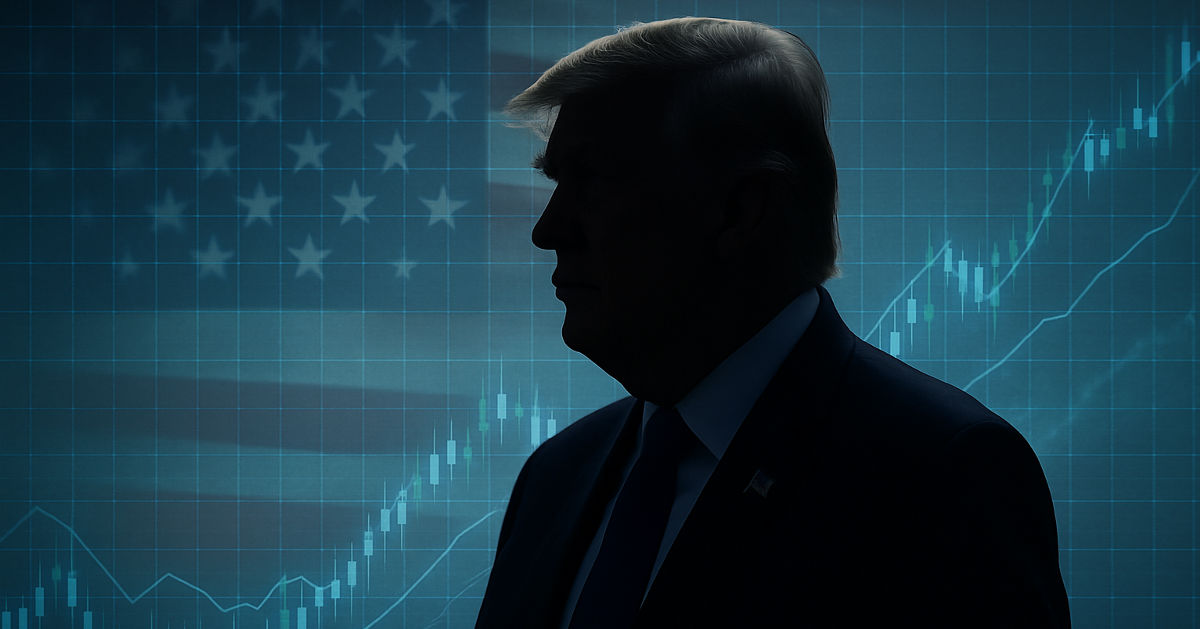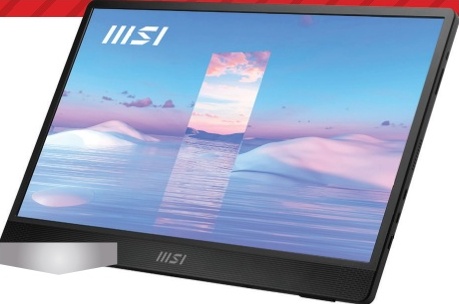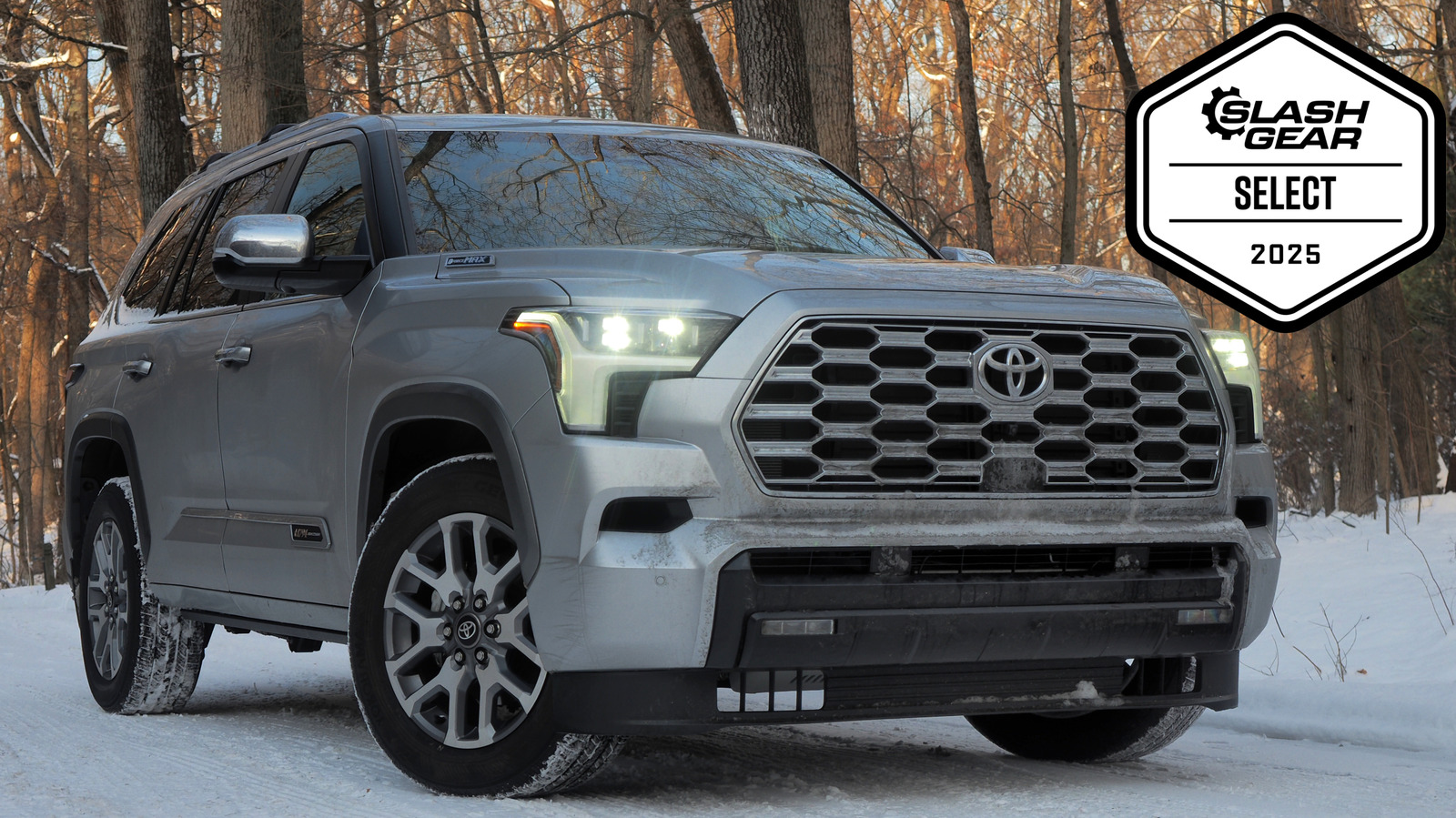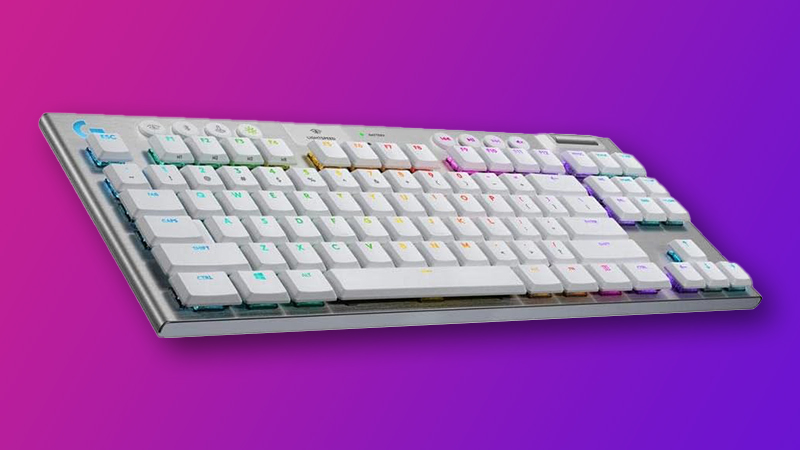After testing the stylish new Fujifilm Instax Wide Evo, I've been won over by the charm of hybrid instant cameras
Fujifilm's new Instax Wide Evo has the widest lens of any Instax yet, letting you take bigger group selfies or landscape pictures.
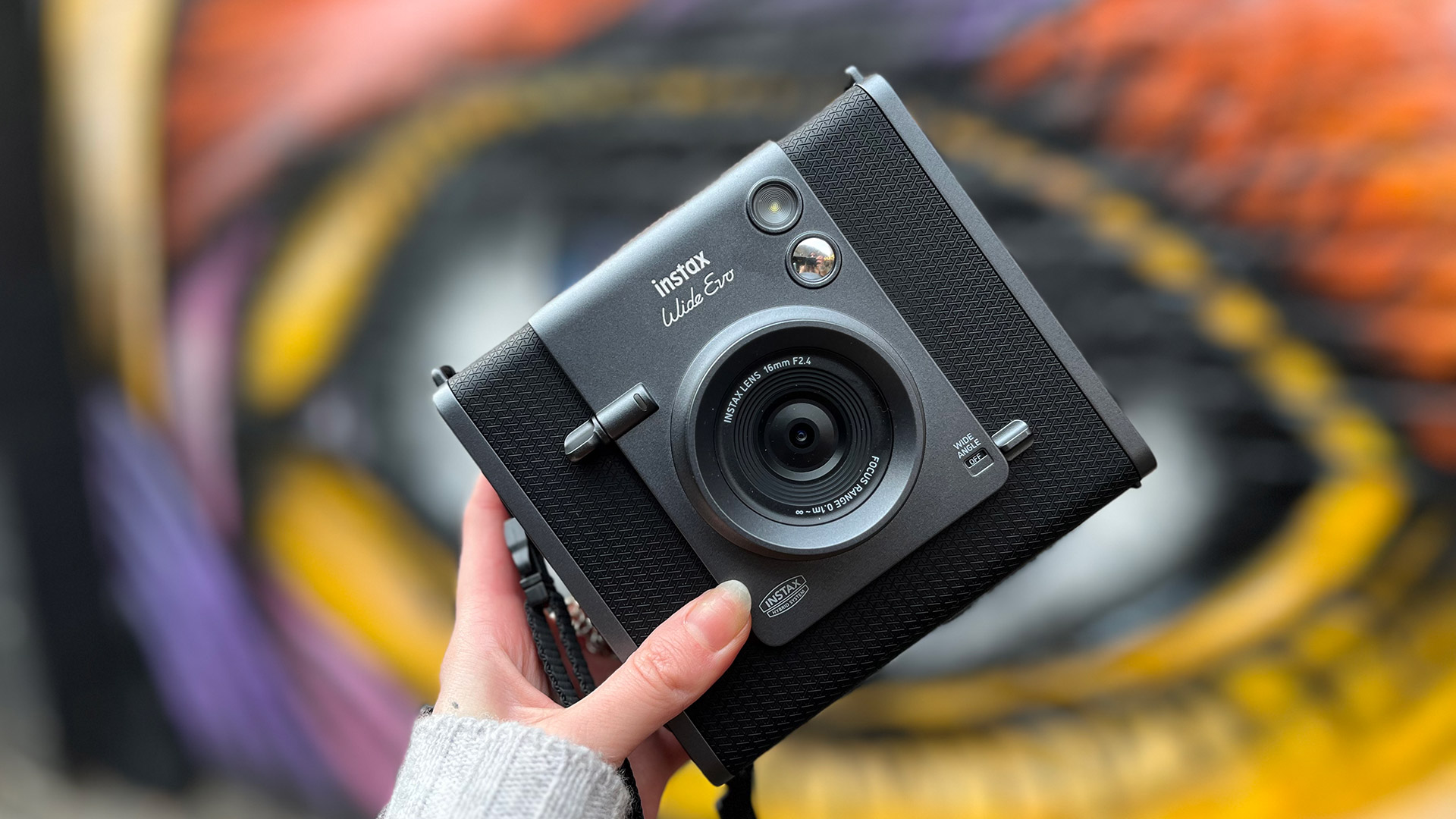
Fujifilm Instax Wide Evo: Two-minute review
The Fujifilm Instax Wide Evo is instantly striking with its retro design and ultra-wide body. If you're after the best instant camera for hybrid photography (i.e. the ability to print film images taken directly on the camera or sent from your smartphone) and prefer to shoot on wide format prints, then this really looks like it's the model for you.
Although it doesn't come cheap, the Instax Wide Evo is very much the step-up from Fujifilm's other Instax hybrid, the Mini Evo, that was launched in 2021, offering most of the same great features, including an LCD display screen, 10 lens and 10 film effects that make 100 different creative combinations, and a microSD card slot, along with a few more new additions that I'll break down below.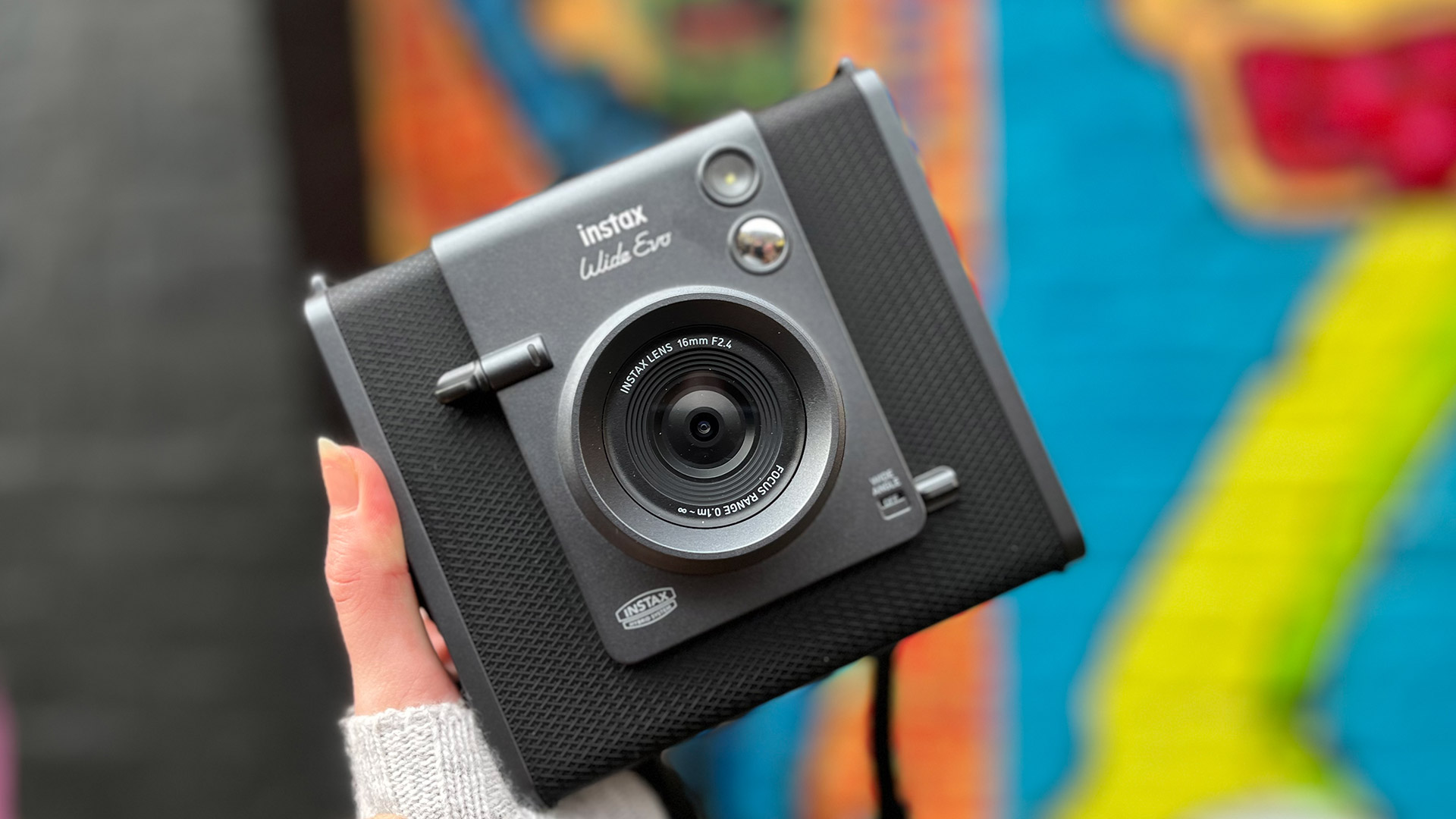
A wider film print means this instant camera is a bit on the larger side, but it makes use of the extra real-estate by adding more physical buttons that let you quickly change settings. These include a dedicated wide angle button that lets you switch to a more standard field of view (FoV) if you don't want that cinematic look.
Speaking of, you can also switch between six different film styles, one of which puts black bars to give your pictures that IMAX feeling, using a button on top of the camera. There's also a dial on the left side of the camera to cycle through the 10 different lens effects, with another dial on the opposite right side to switch between the 10 different film effects. My favorite, though, is the crank that lets you manually print a picture by winding it, which is a nice design nod to the crank for winding back film on the best film cameras.
So it's a full five stars for all the creative photo editing options it offers, but what about the Instax Evo Wide's image quality? It's by no means as rich or dynamic as an analog instant camera can produce. Instead the picture quality of the physical print outs is more in line with what you'd expect from your phone's smartphone camera. Of course, the digital copies of these images when compared to those taken your phone can't compete.
The Instax Evo Wide will by no means replace your dedicated digital camera – and if you love the 'magic' of purely analog instant film cameras, then this might not be right for you either as your images will always be digital first – but it is a perfect piece of extra gear if you want to be creative with your photography and experiment with a larger field of view.
Fujifilm Instax Wide Evo: Price and availability

The Fujifilm Instax Wide Evo was launched on January 21, 2025 with a price tag of $349.95 / £319.99 / AU$599.
That makes the Fujifilm Instax Wide Evo one of the the priciest instant cameras of its kind, says TechRadar's cameras editor, Timothy Coleman. Indeed, for comparison's sake, the only other Instax camera that takes wide-format instant film prints is the Instax Wide 400 and that sets you back $149.99 / £129.99 / AU$229.99.
The Wide Evo is also almost double the price of Fujifilm's other Instax hybrid too, the Fujifilm Instax Mini Evo, which retails for $199.99 / £174.99 / AU$299.99. Does the extra cost account for the more premium, larger features in the step-up model? As the brand's first wide format hybrid camera (and second hybrid camera overall), the Wide Evo does offer a premium package, which it's not great on value.
There's also optional accessories available for the Evo Wide, including a leather case that costs $49.95 in the US and £37.99 in the UK. Although optional, this might be a necessary additional cost to make sure to protect the LCD display screen (if this gets too scratched up, then you won't be able to take let alone see your photos).
Fujifilm Instax Wide Evo: Specs
Film Type: | Fujifilm Instax Wide film |
Print size: | 62mm x 99mm |
Focus range: | f = 16 mm (35 mm equivalent) |
Aperture: | f 2.4 |
Shutter Speed | Automatic switching, 1/4 to 1/8,000 seconds |
Power: | Internal lithium ion rechargeable |
Charging time: | 2–3 hours |
Dimensions: | 138.7 mm x 125 mm x 62.8 mm (excluding protruding parts) |
Weight: | 490g |
Fujifilm Instax Wide Evo: Design
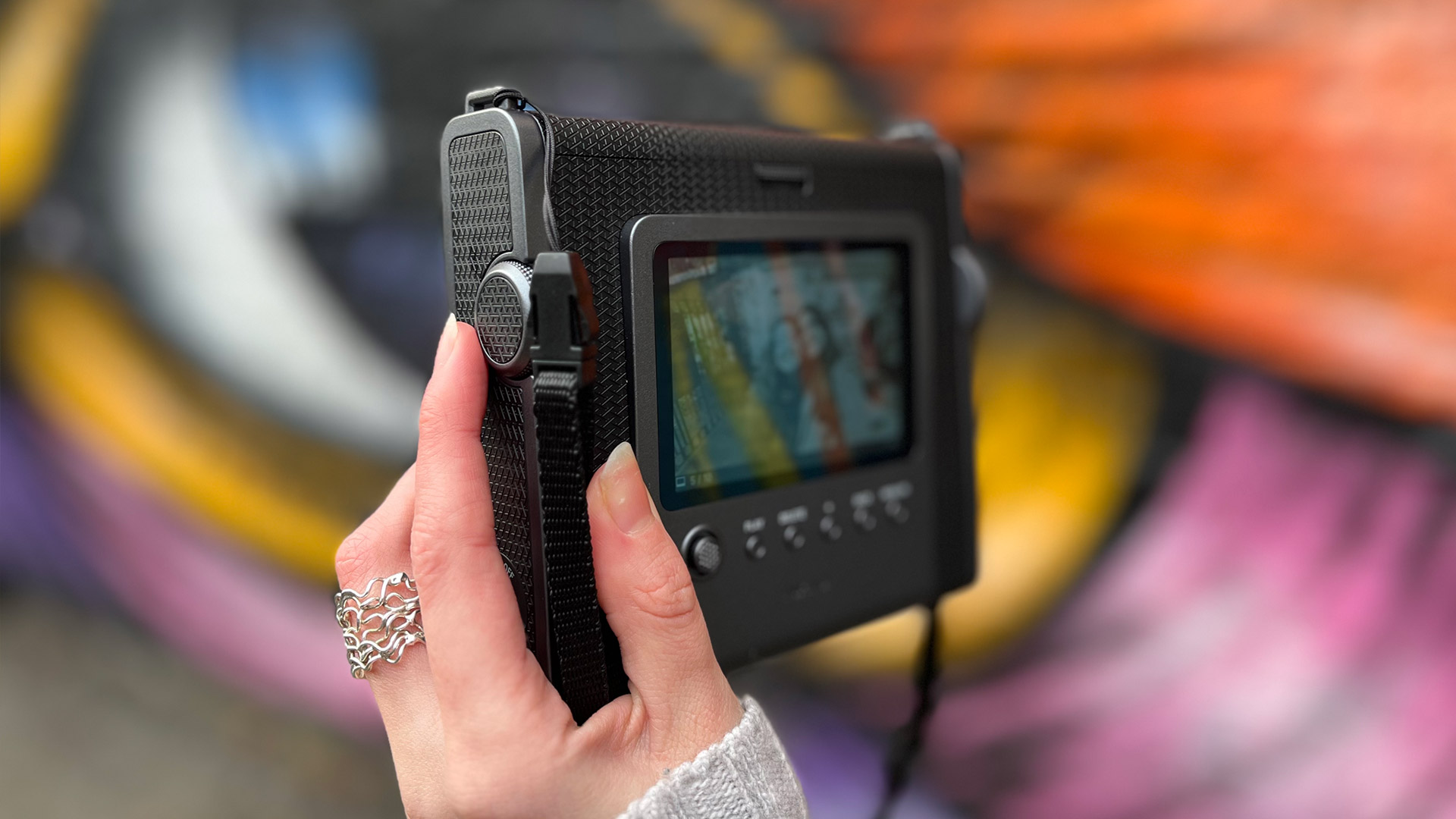
- A hybrid instant camera that can print directly or from your catalog of shots, stored on Micro SD
- Plenty of dials and switches to select various film effects
- Includes a mirror and switch to take selfies
When rumors started to circle about the Instax Wide Evo, there was talk that it would be "regarded as the best-looking Instax camera ever made" and that caught a lot of enthusiast's attention, including TechRadar's senior news editor Mark Wilson who said off the back of it that the "Instax Wide Evo sounded like my dream instant camera".
Now that the camera is out in the wild, we can officially say that it's a stunning piece of equipment. It has a relatively slim body to balance the camera's wide build, making the Instax Wide Evo one of the more sizable options on the market. This is offset by a stylish retro look that mimics those vintage cameras that had black textured bodies with silver lenses.
Considering that the only wide-format Instax camera alternative is the big and bulky Instax Wide 400, the Wide Evo's textured, minimal black design is definitely a lot more easy on the eye than the plasticky, dull green finish of its larger cousin. (Another alternative if you're set on a wide-format is 2024's Lomo’Instant Wide Glass – an attractive instant camera that we gave 4.5 stars in our in-depth review.) Indeed, I don't think many would be opposed to slinging the Wide Evo over their shoulder for the day.
The leather case that you can buy alongside the Wide Evo makes this very easy to do and might be a crucial accessory – not just for protecting it from nicks and scratches but – to make sure that it has a long life, as the LCD screen could easily get scuffed up over time. That's not great for a camera that doesn't have a viewfinder. Of course, I can't yet say that this will be an issue but it's worth considering.
It also helps that the Evo Wide is light – it weighs about half a kilo – making it very portable, but don't expect to be able to fit the Wide Evo in any pocket. As you would expect, because it takes wide-format instant prints, it's on the larger side.
Fujifilm Instax Wide Evo: Performance
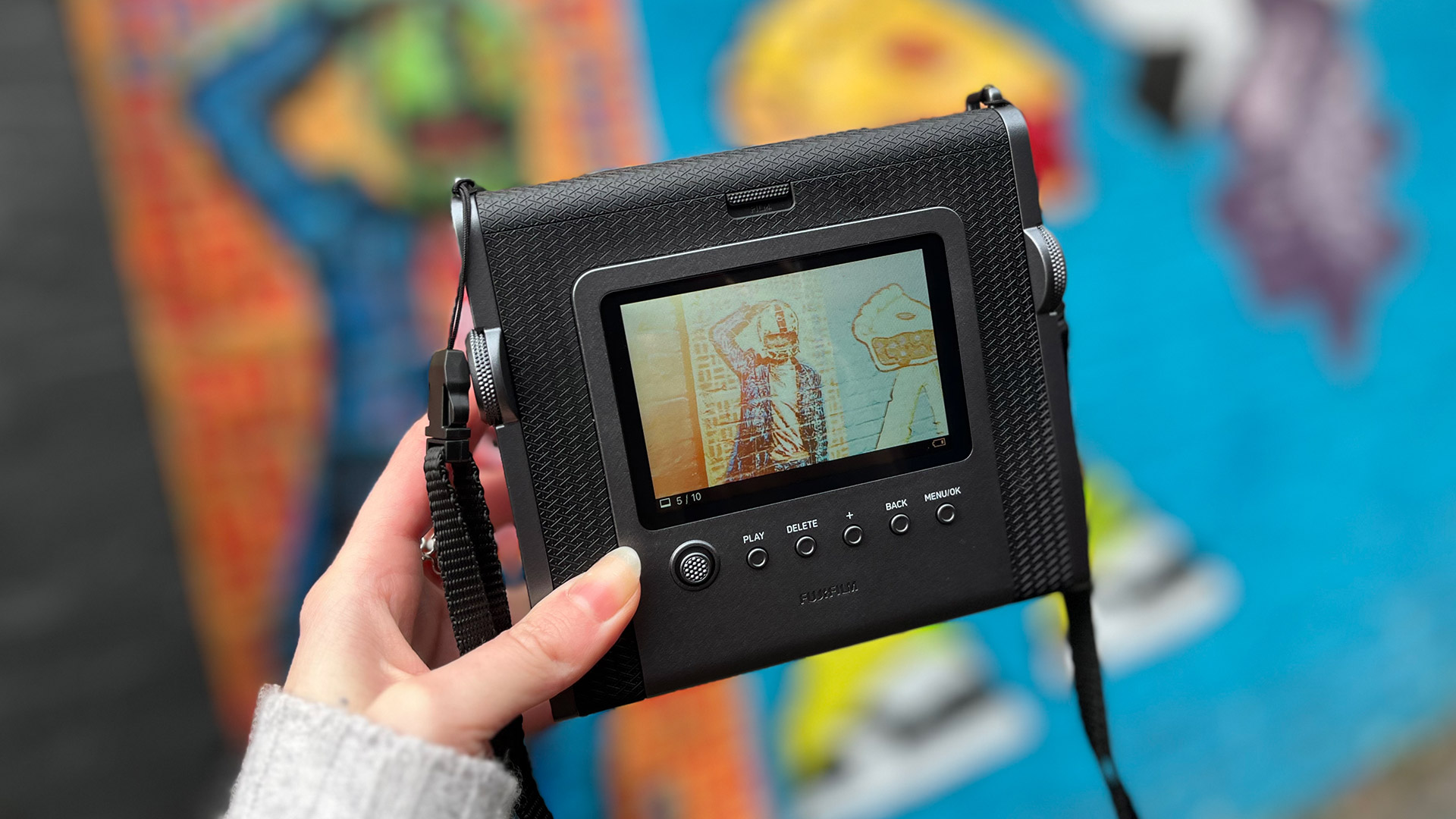
- Plenty of scope to try different looks, with 100 creative combinations
- The widest-ever Instax lens and wide-format prints give extra breathing room for your subjects
The Fujifilm Instax Wide Evo's built-in film and lens effects make experimenting with different styles extremely easy. The fact that you can create 100 different creative combinations with these settings means there's plenty of room to play around.
Fujifilm has made the ability to customize all your images with various different effects a core part of the Instax Wide Evo. Indeed, if you're someone that likes to experiment with different effects such as lens flares, borders and color filters, then this camera is built for you.
The entire design of the camera is focused on making those photo editing tweaks simple, quick and easy. Both the lens and film effects each have dedicated dial buttons on the side of the camera. Even the top most prominent button on the camera (the placement of which is normally reserved for a shutter button) is for adding different film styles to your images.
The Wide Evo even has a dedicated button on the front of it that turns off the wide-angle, which is a nice feature that nods to its hybrid functionality. Another more less visible button is the lens of the camera itself, which can be twisted to adjust the intensity of the filter and film effects you're applying.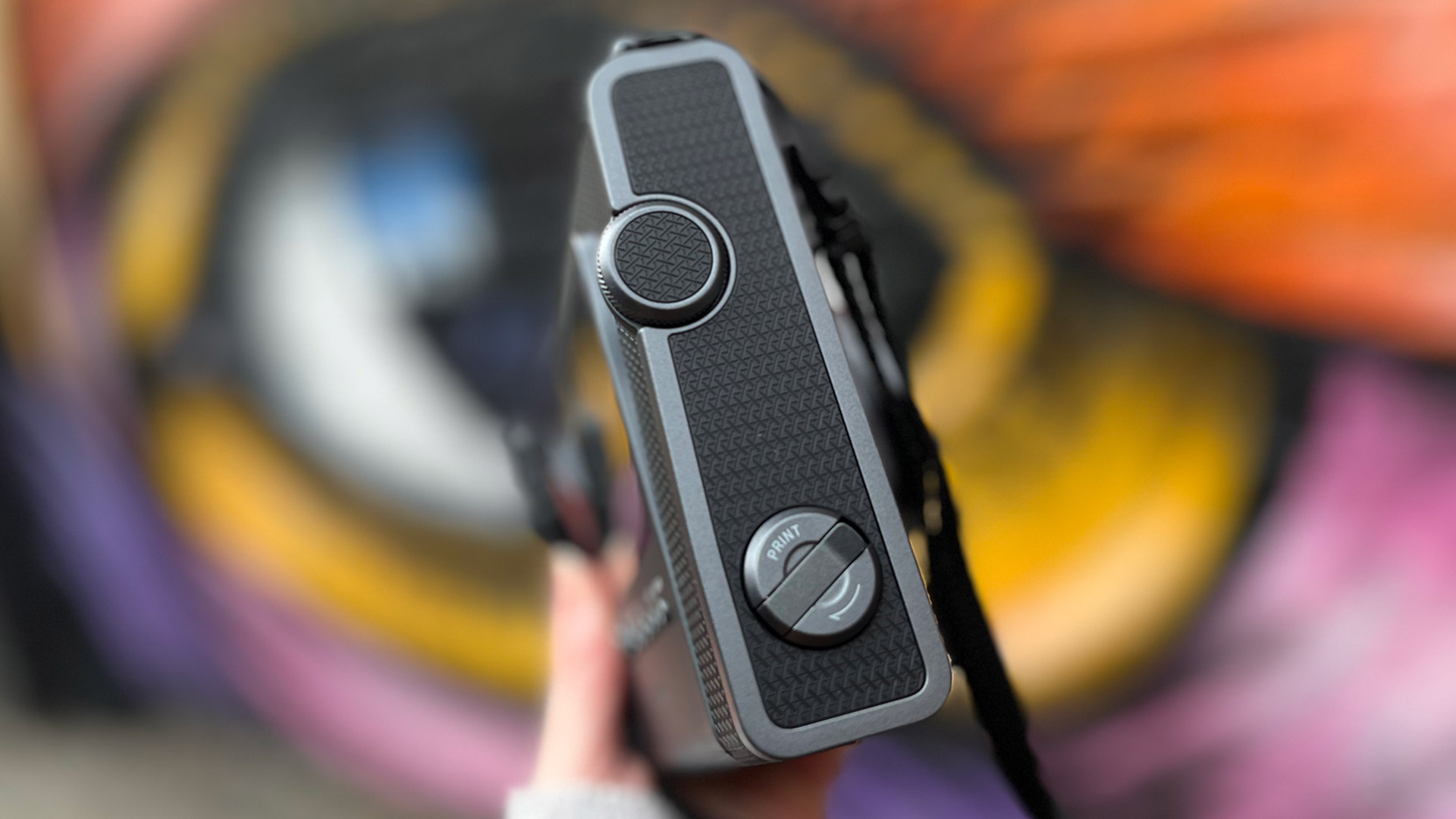
I had a lot of fun playing around with all the different film effects and styles because of these dedicated buttons, but my favorite physical feature of the camera has to be the hand crank on the side for printing images. It's a nice nod to the analog nostalgia that the Wide Evo embodies.
The shutter button is a lot different to the Mini Evo, which has a standard push button on top of the camera. Instead of this, the Wide Evo has a rocker style switch (like the ones you would use to turn on a light) that's situated on the front of the camera, beside the lens. I found this placement and style initially cumbersome, especially when taking a selfie as I couldn't immediately engage the auto focus by half pressing it down.
To be clear, this might be just be because I didn't spend a lot of time using it and could become more easier, but I will say it's not initially intuitive. That's also not to say that all the buttons are like this. The spin dials and crank for printing photos, for instance, are extremely tactile and easy to use.
On top of all this, there's even an Instax Wide app for more standard editing options, such as being able to crop an image or increase the brightness and contrast, as well as a 'Discovery Feed' for sharing and seeing fellow Instax Wideo Evo owners' creations. One thing to note about the app is that only printed images are automatically saved. Any photos you take on the camera itself won't just appear in your personal library in the app, which means you'll have to still transfer them of a microSD card.
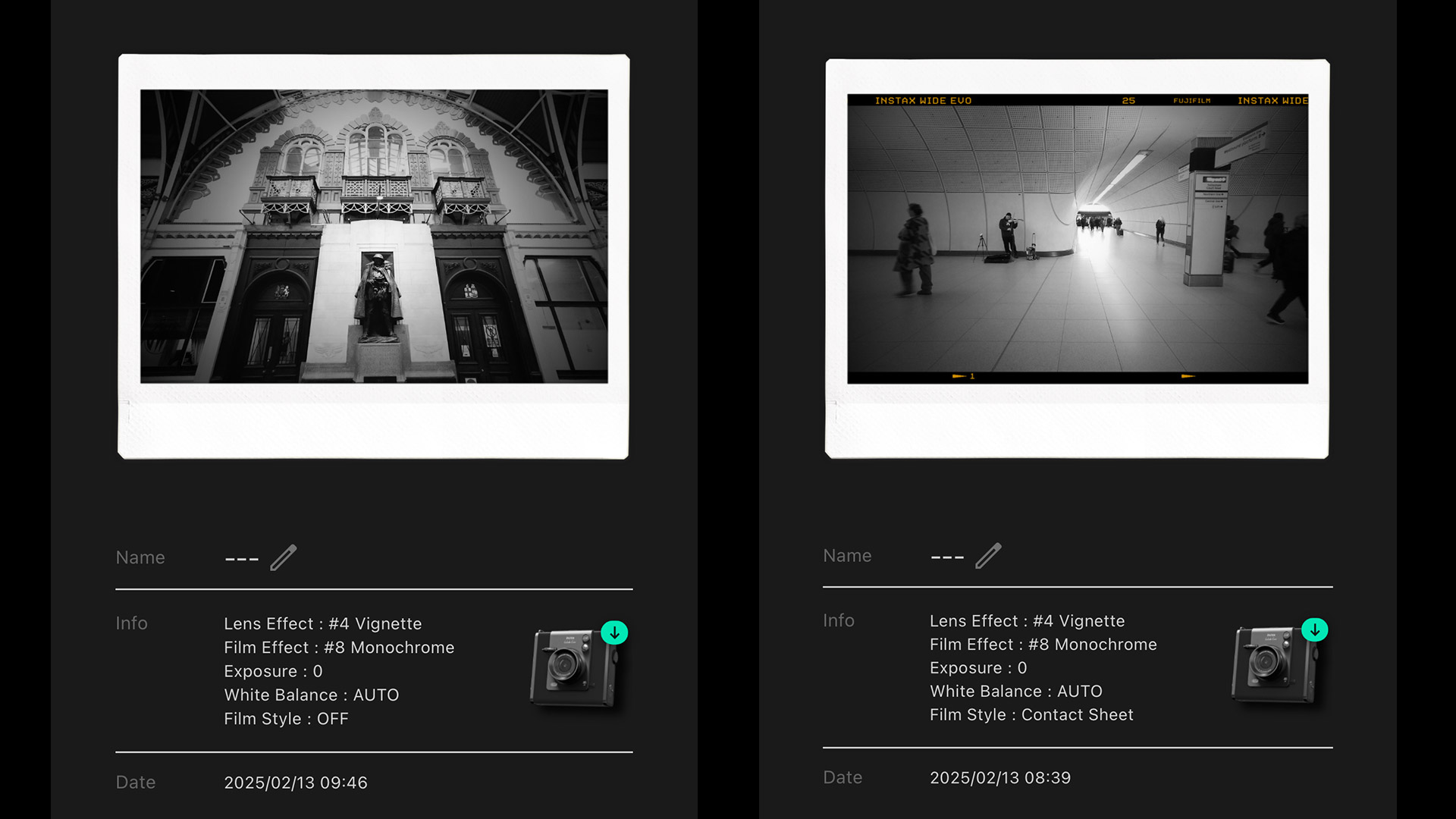
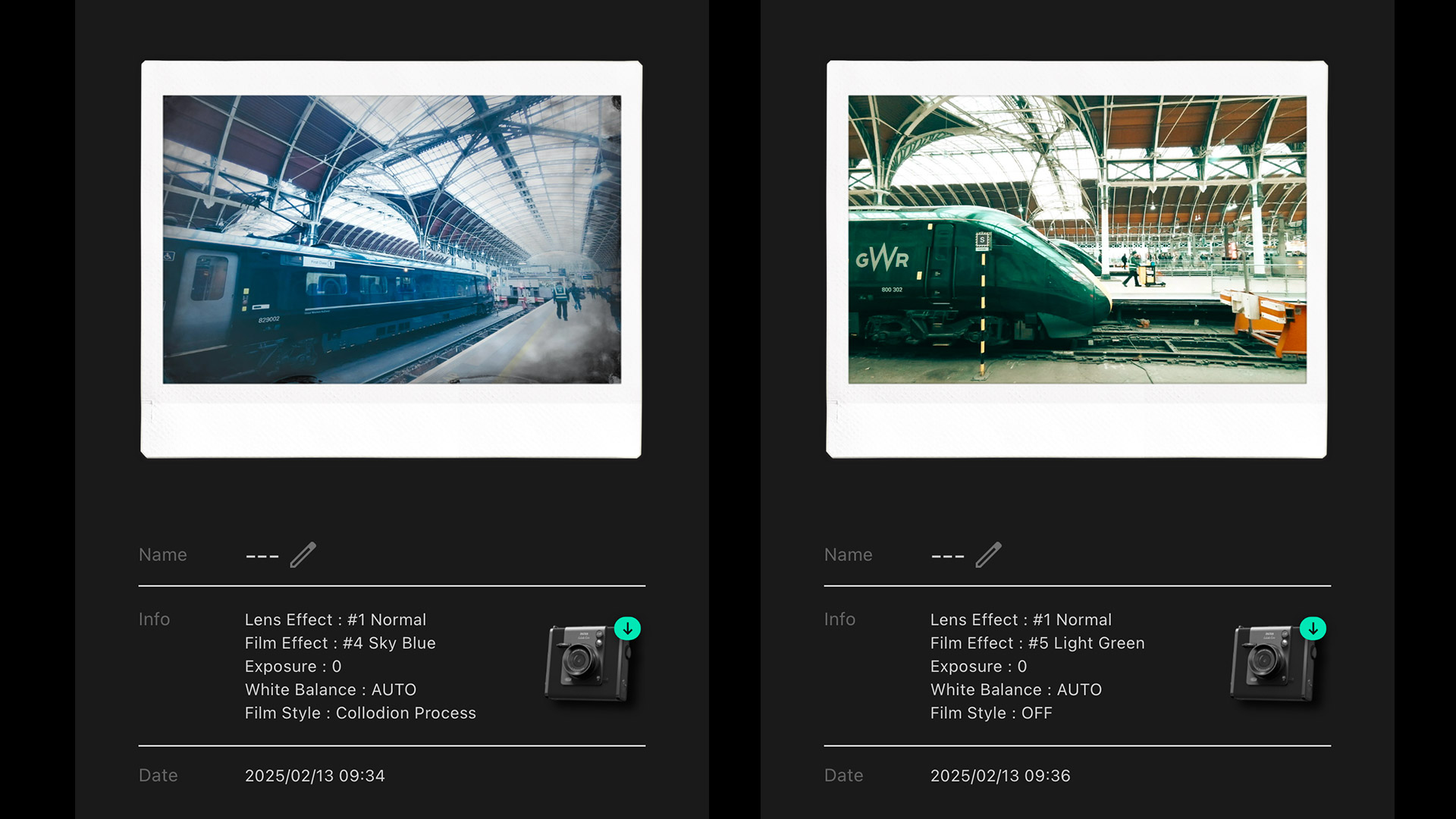
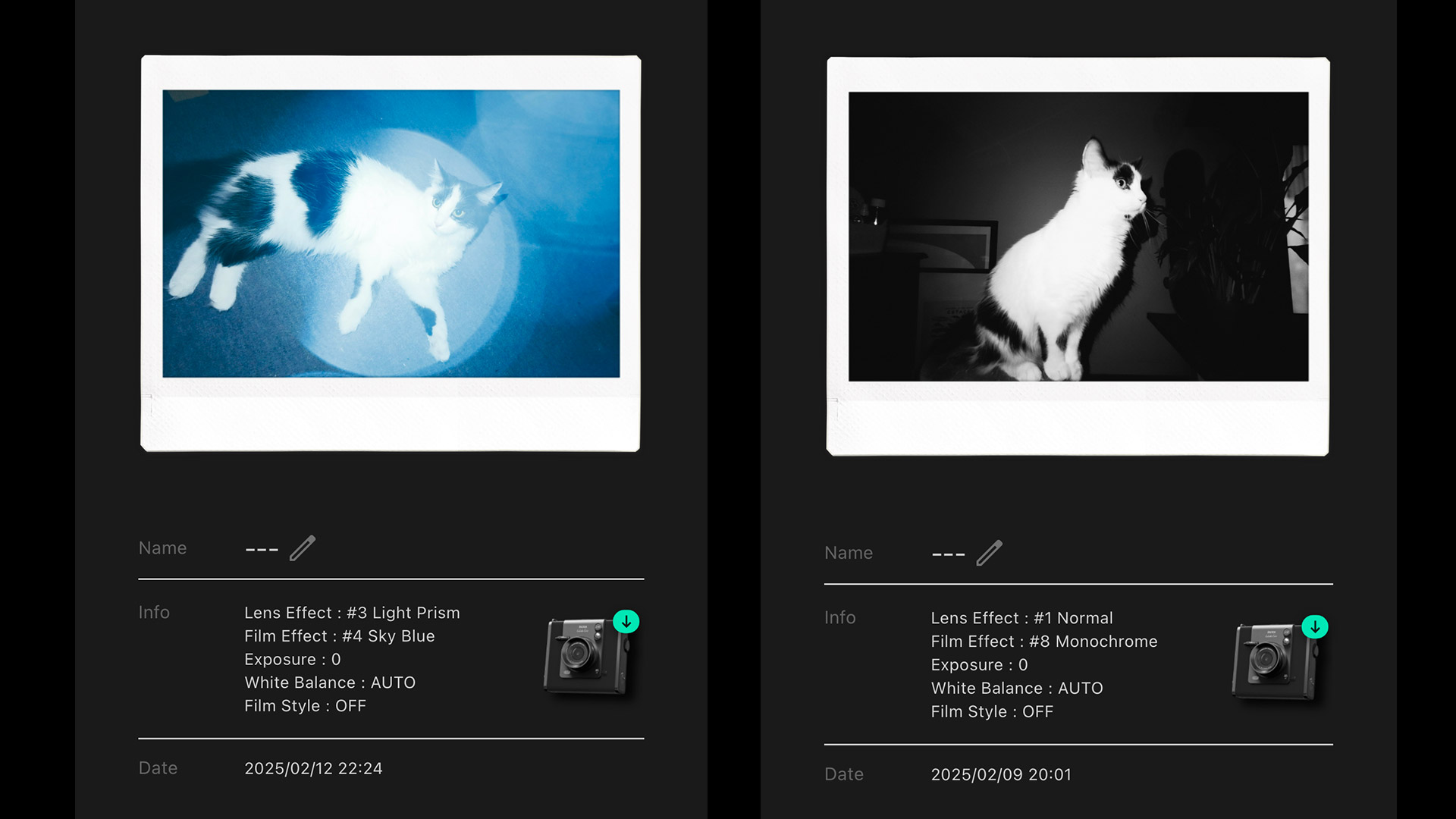
Fujifilm Instax Wide Evo: Image quality
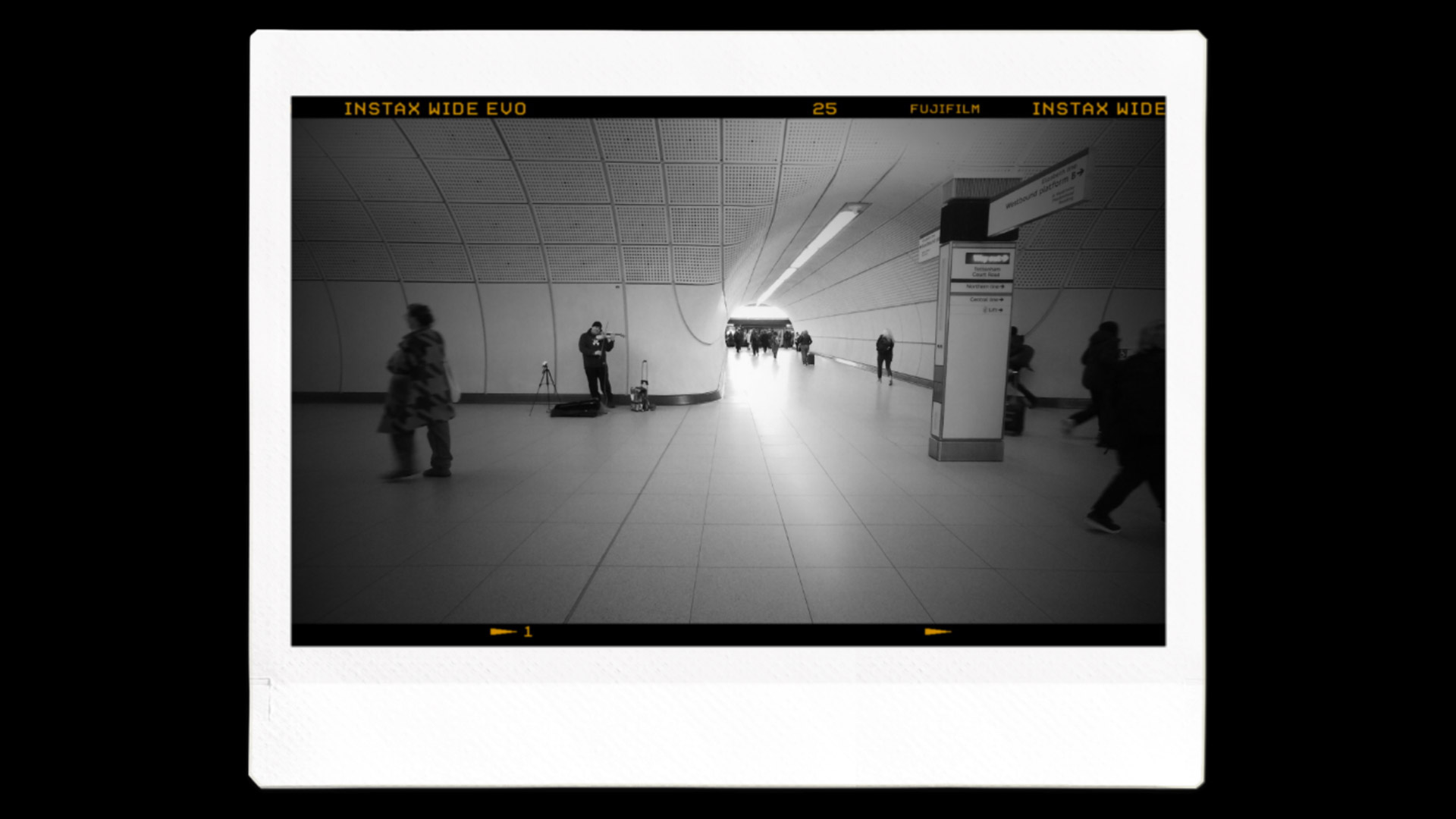
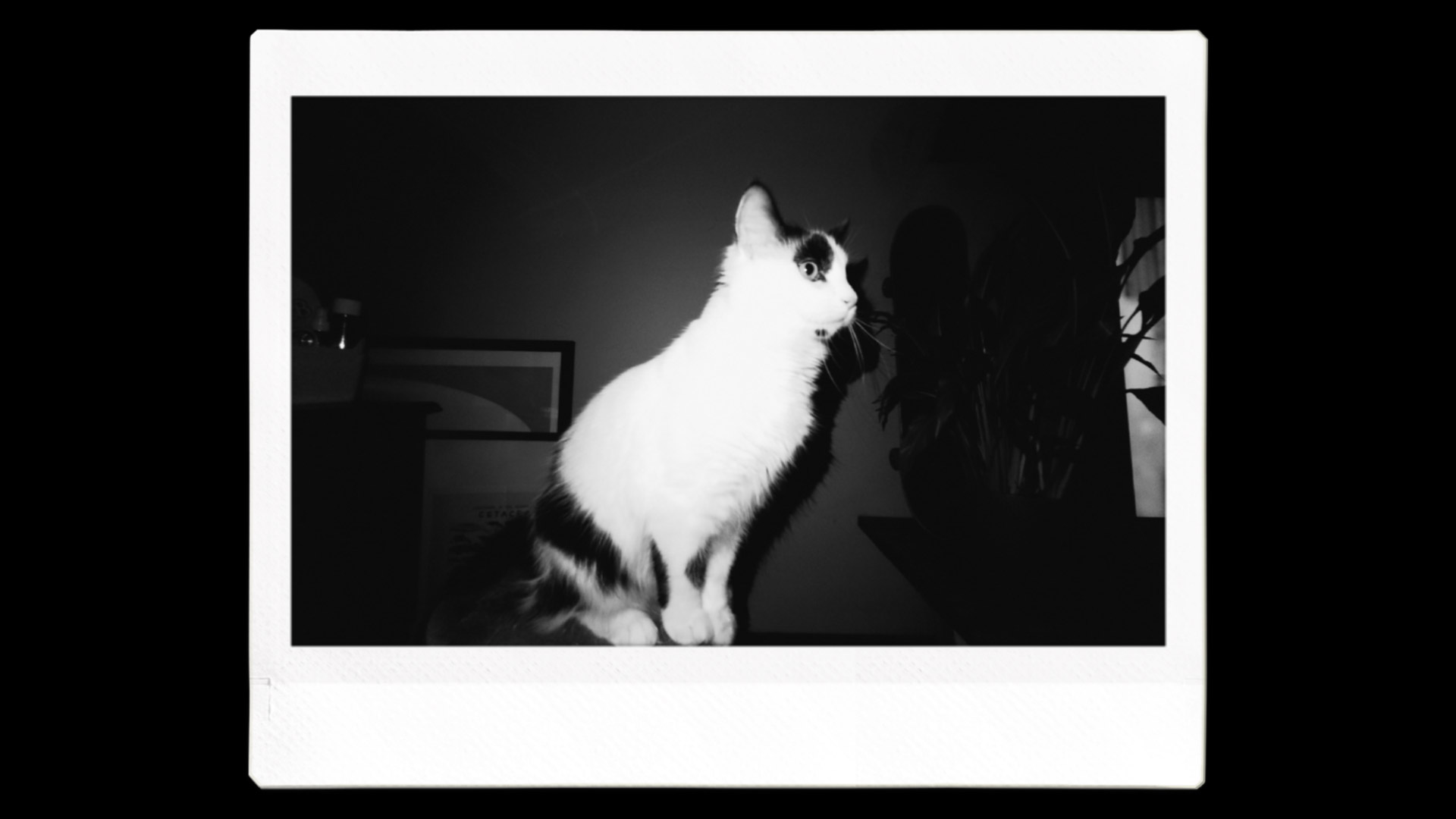

- Images are digital first, which loses the 'magic' of analog
- Picture quality of printouts appear flat but look fine digitally
- Not on par with pure analog instant cameras like the Instax Mini 99
There's a trade-off with every instant camera when it comes to picture quality that most of us are willing to accept. These cameras don't produce the same precision as newer dedicated digital cameras, but many people that purchase these type of cameras are more interested in the nostalgia that instantly printed photographs brings, so I appreciate that this isn't the most important component.
When it comes to the picture quality overall, I was most interested in testing out how the film prints compared to those taken on a non-hybrid instant camera as the images are digital first on the Evo Wide. This is a big deal for me because I'm split between analog and digital, and this in my opinion takes a bit of the magic away.
For context, I bought my first Instax in 2014 and of course quickly realized how expensive this style of photography is after discarding some duds, which made me even more selective with every picture I took. My boyfriend decided to buy me an Instax printer to solve this issue, but this for me took away what I loved about the style in the first place. I also found that picture quality from a printer wasn't on par, as the photographs appeared flatter and less dynamic than those printed on an analog instant camera.
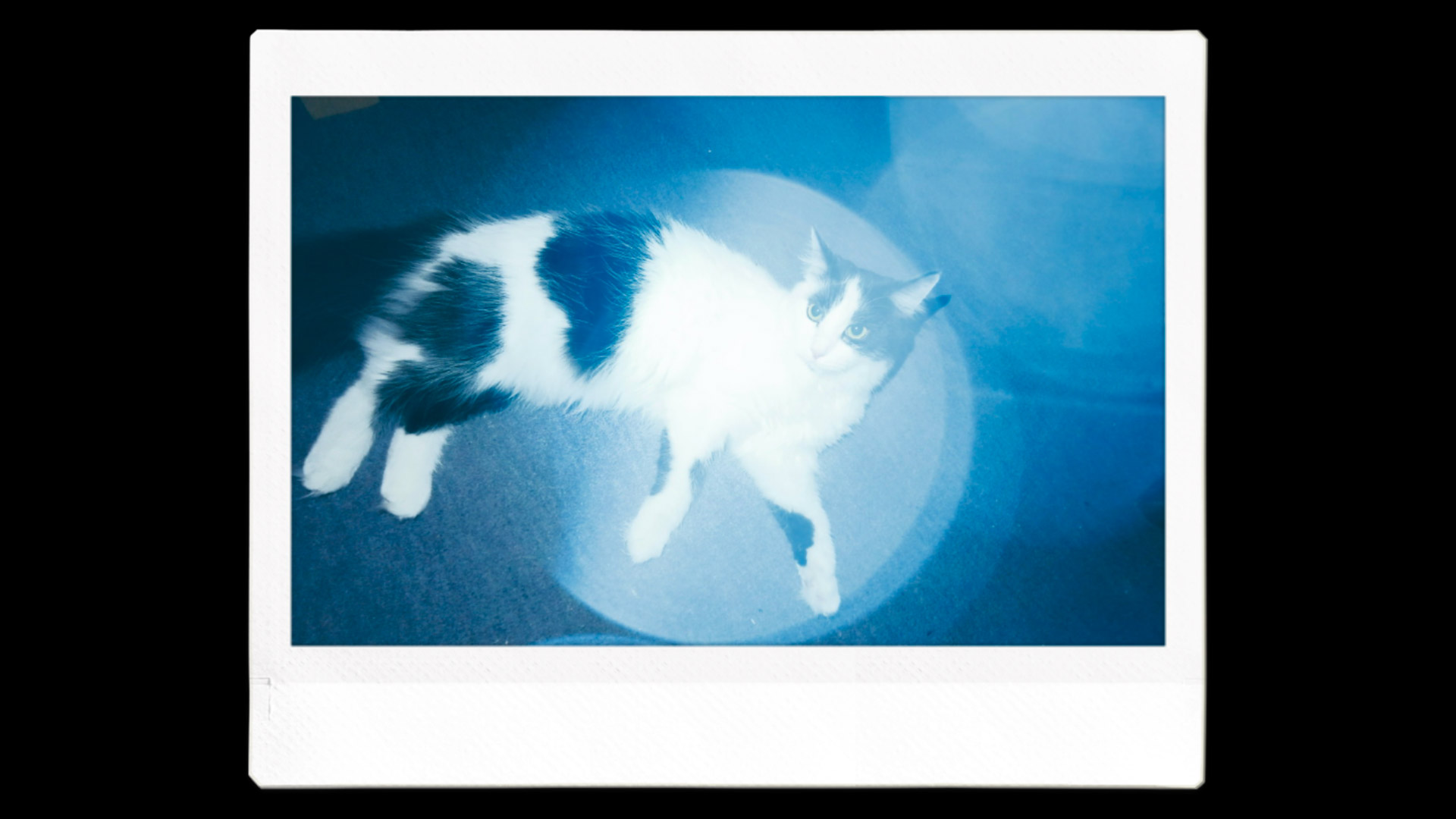
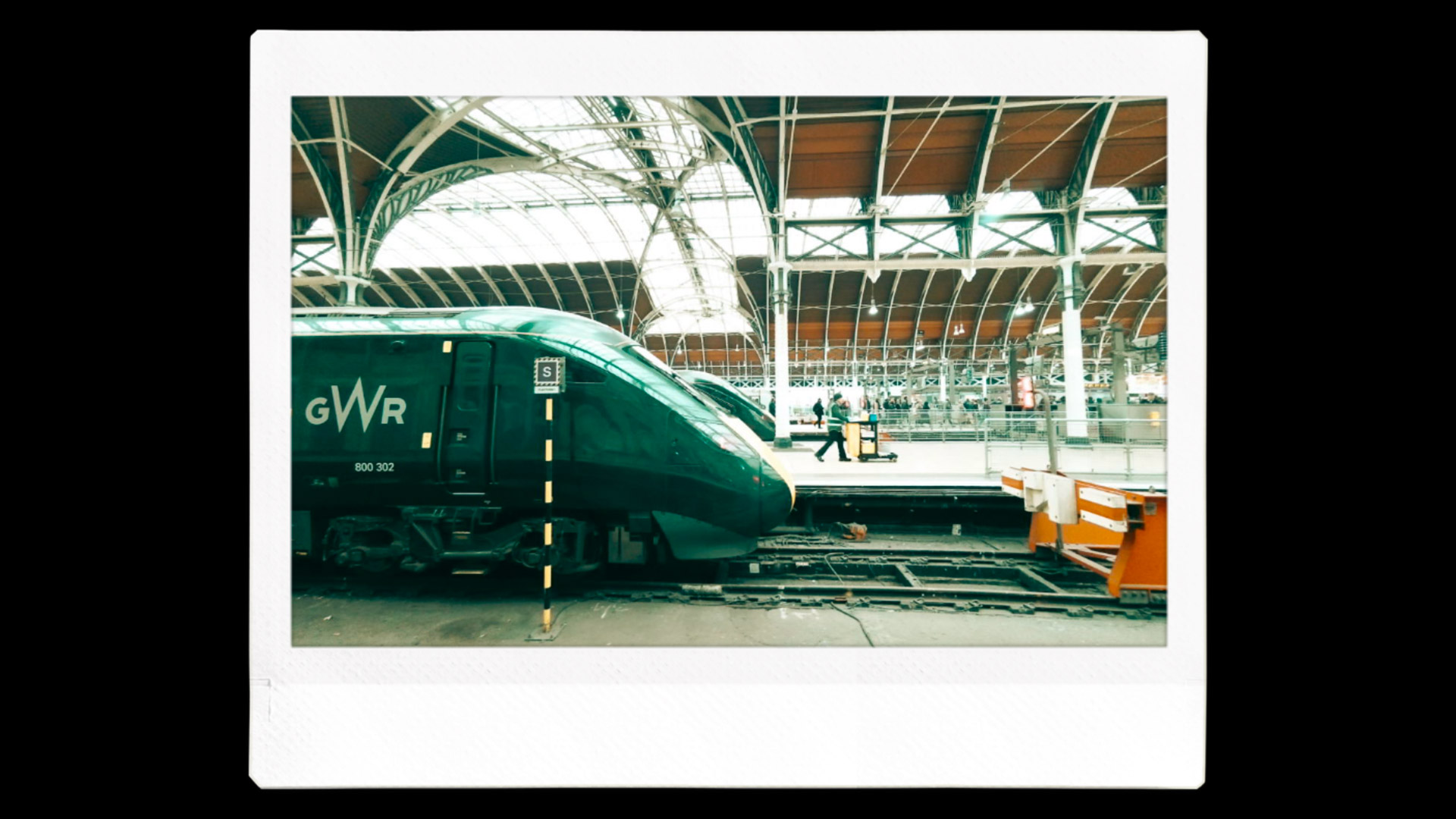
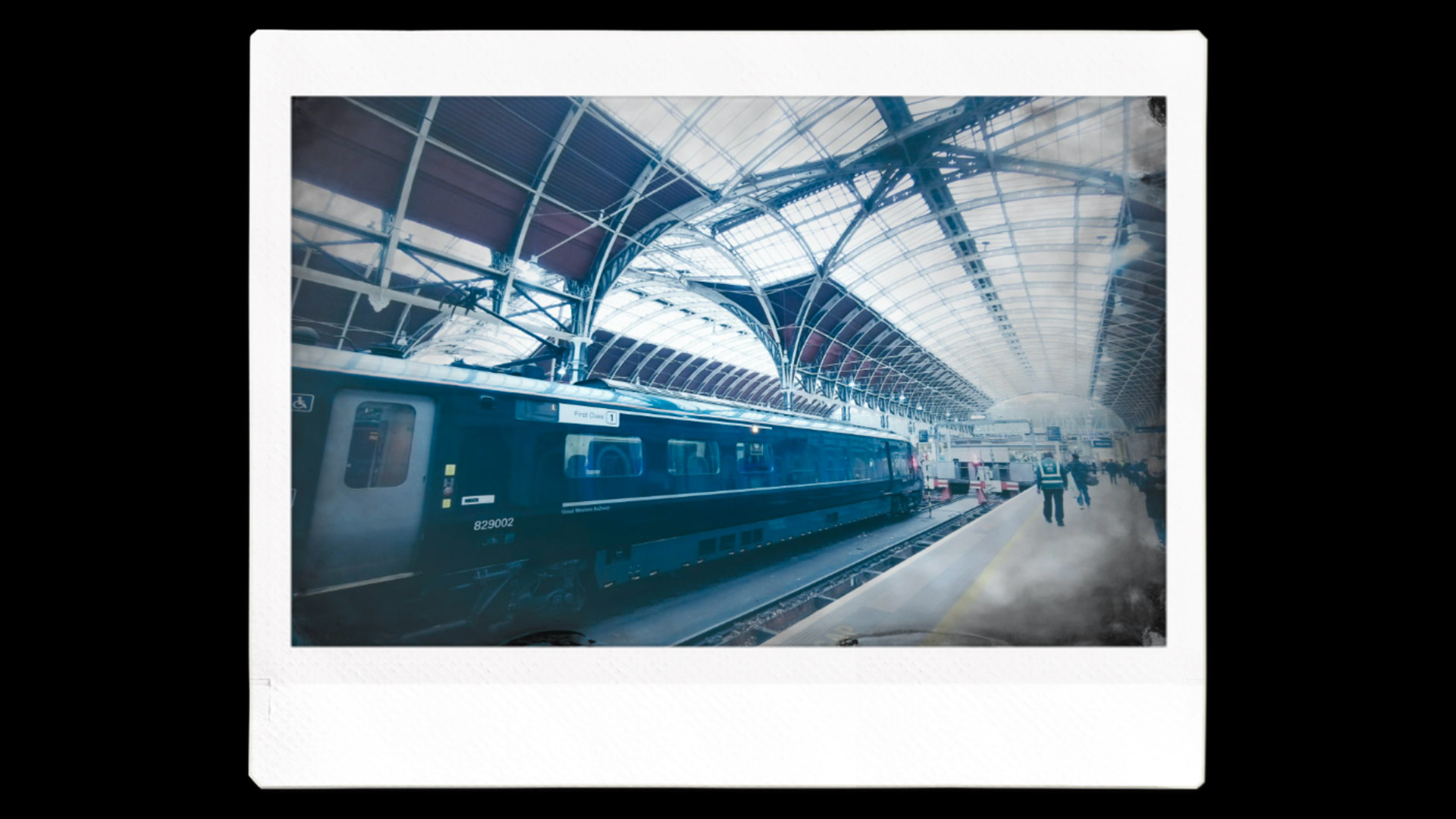
With this in mind, if the image quality of the prints is really important to you then you're better off buying an analog Instax camera in my opinion, because the prints are much more rich in contrast due to the light passing directly though the sensor rather than being digitally scanned. They also don't tend to be as overexposed as those printed on a hybrid Instax.
In terms of the wide-angle prints themselves, the larger size makes them feel much more premium than the smaller rectangular formats that mimic your smartphone pictures and is much more akin to the classic square instant prints that were once more popular.
As for the digital images that are taken by the Instax Wide Evo, these by no means match up to the quality you'd find from one of the best cameraphones, which benefit from more advanced sensors and image processing algorithms. For this reason, outside of sharing the images you take on the Instax Wide Evo to social media, you most likely won't use these elsewhere.
How I tested the Fujifilm Instax Wide Evo
- A one hour hands-on session at the UK launch event
- Ad-hoc testing during the day and night over a week
- I tried various filters, two lenses and selfie mode
My time with the Fujifilm Instax Wide Evo was brief: following attending the UK launch event in London, I was able to test out the camera for less than a week around the office and home.
However, during this time, I had decent chance to get a feel for the camera; how it handles for regular photos and selfies, plus the various filter and film effects possible through the physical controls on the camera.
I used two packets of the Fujifilm Instax Wide Evo at the event, each of which had 10 prints, and a couple more packets during the week-long product loan
